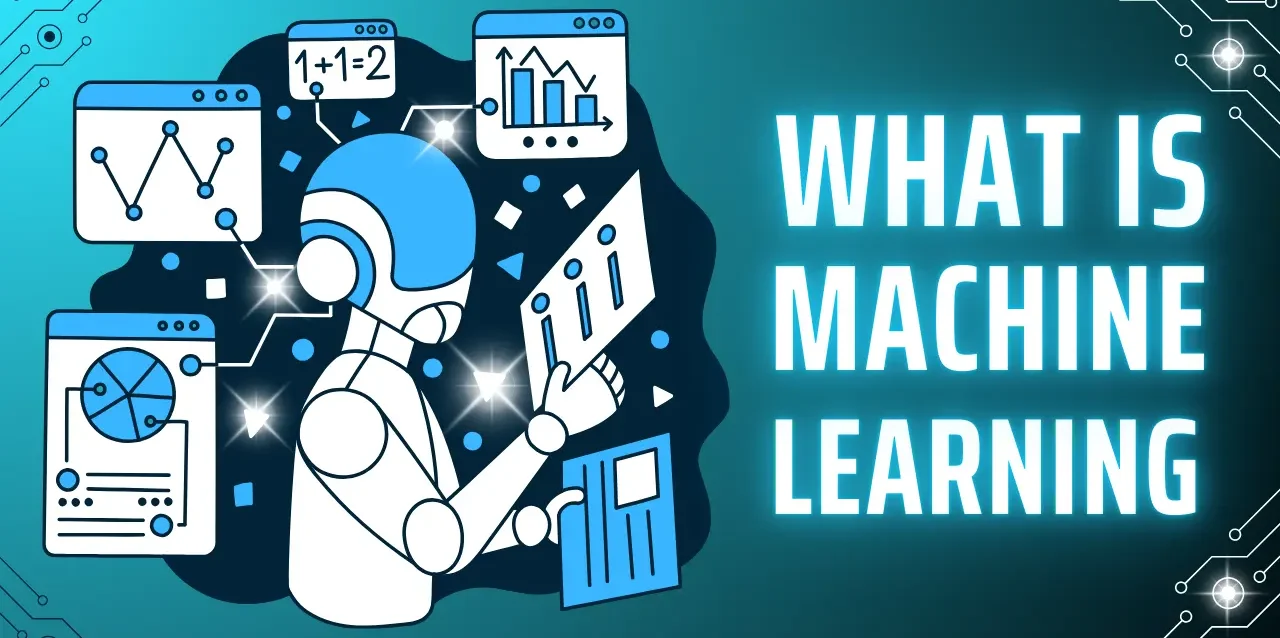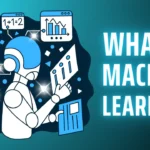Introduction
Artificial Intelligence (AI) and Machine Learning (ML) are transforming industries, from healthcare to finance, and even everyday technology like voice assistants and recommendation systems. If you’re curious about what AI and ML really are, how they differ, and how you can start learning and applying them, this guide is for you.
At CupsDeeps, we believe in breaking down complex tech topics into easy-to-understand insights. Whether you’re a student, professional, or just an enthusiast, this post will help you grasp AI and ML fundamentals and guide you on how to begin your journey in this exciting field.
What is Artificial Intelligence (AI)?
AI refers to the simulation of human intelligence in machines. These systems are designed to perform tasks that typically require human intelligence, such as:
- Problem-solving (e.g., chess-playing computers)
- Speech recognition (e.g., Siri, Alexa)
- Image and pattern recognition (e.g., facial recognition in smartphones)
- Decision-making (e.g., self-driving cars)
AI can be rule-based (following predefined instructions) or learning-based (improving over time with data).
What is Machine Learning (ML)?
Machine Learning is a subset of AI that focuses on enabling machines to learn from data without being explicitly programmed. Instead of hard-coding rules, ML algorithms identify patterns and make predictions or decisions.
Key Types of Machine Learning:
- Supervised Learning – The model learns from labeled data (e.g., spam detection in emails).
- Unsupervised Learning – The model finds hidden patterns in unlabeled data (e.g., customer segmentation).
- Reinforcement Learning – The model learns by trial and error, receiving rewards for correct actions (e.g., AI in gaming).
AI vs. ML: What’s the Difference?
| Aspect | Artificial Intelligence (AI) | Machine Learning (ML) |
|---|---|---|
| Scope | Broad field mimicking human intelligence | Subset of AI focused on learning from data |
| Approach | Can be rule-based or learning-based | Always data-driven and adaptive |
| Examples | Robotics, NLP, expert systems | Recommendation systems, fraud detection |
Think of AI as the broader goal, while ML is one of the key tools to achieve it.
What Can You Do with AI & ML?
The applications are endless! Here are a few ways AI and ML are being used today:
- Healthcare: Diagnosing diseases, drug discovery
- Finance: Fraud detection, stock predictions
- E-commerce: Personalized recommendations (like Amazon or Netflix)
- Automation: Chatbots, self-driving cars
- Content Creation: AI-generated art, music, and writing
If you’re excited about these possibilities, the next step is learning how to get started.
How to Start Learning AI & ML: A Step-by-Step Guide
1. Build a Strong Foundation in Math & Programming
- Math: Focus on linear algebra, calculus, probability, and statistics.
- Programming: Learn Python (most popular for AI/ML) and libraries like NumPy, Pandas, and Matplotlib.
2. Learn the Basics of Machine Learning
- Take online courses like:
- Andrew Ng’s Machine Learning Course (Coursera) – A must for beginners.
- Google’s Machine Learning Crash Course – Free and practical.
- Understand key algorithms: Linear Regression, Decision Trees, Neural Networks.
3. Work on Real Projects
- Start with Kaggle competitions or small projects like:
- Predicting house prices
- Building a spam filter
- Creating a simple chatbot
4. Dive into Deep Learning (Advanced ML)
- Learn frameworks like TensorFlow or PyTorch.
- Experiment with neural networks, CNNs (for images), and RNNs (for text/speech).
5. Stay Updated & Join the Community
- Follow AI research (arXiv, Google AI Blog).
- Join forums like Reddit’s r/MachineLearning or Stack Overflow.
Final Thoughts
AI and ML are powerful technologies shaping the future. Whether you want to build AI-driven applications, switch careers, or simply understand how these systems work, starting with the basics and practicing consistently is key.
At CupsDeeps, we’re passionate about making tech accessible. If you found this guide helpful, explore more of our content, and feel free to reach out with questions!
Ready to start your AI journey? Pick a resource today and take the first step!







